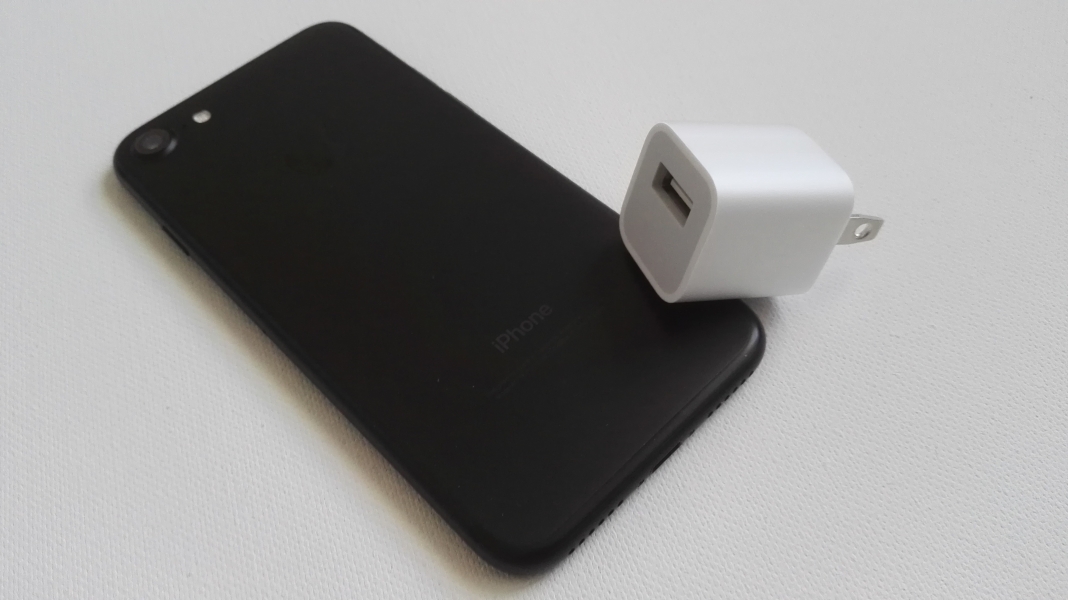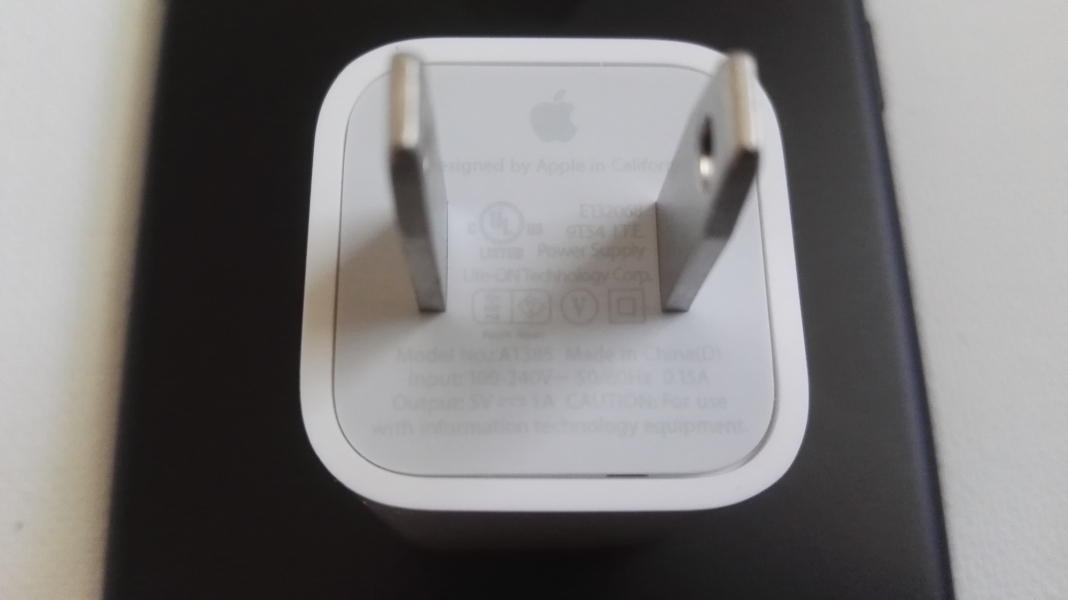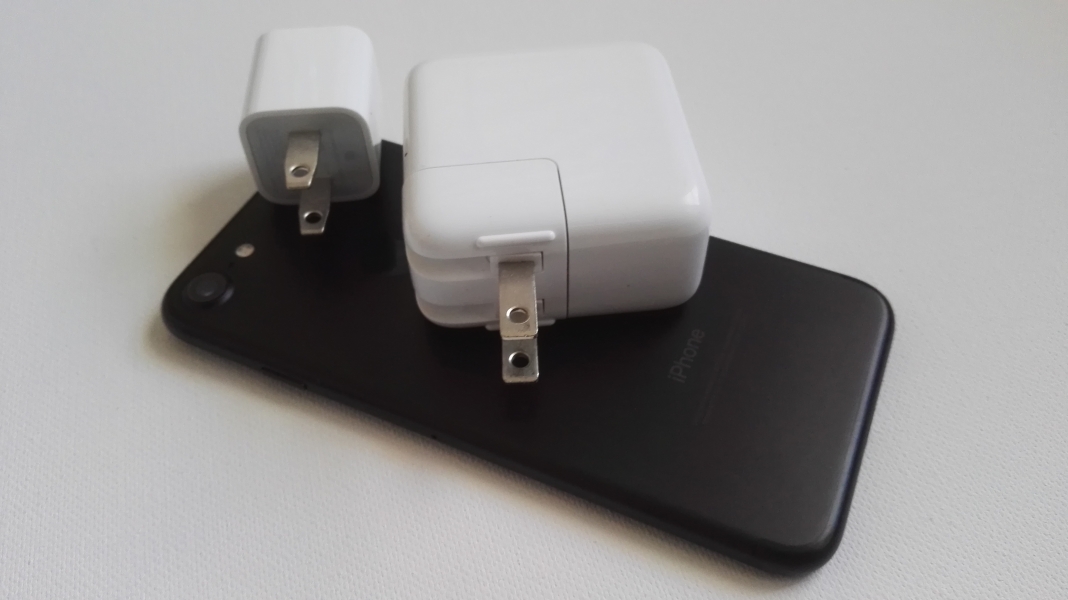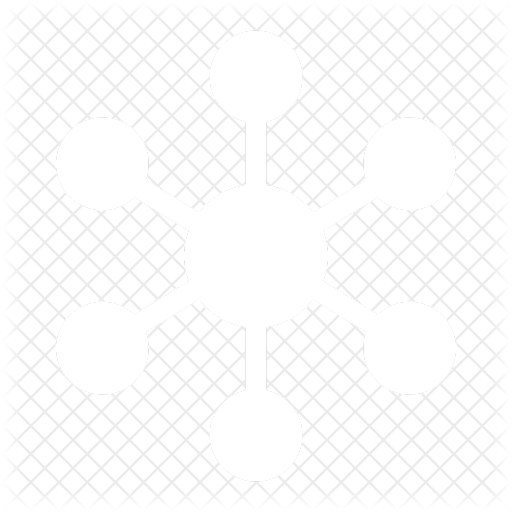Chargers and Power Banks
Headphone & Speakers
Cases & Covers
Virtual Reality
Cables & Adapters
Media Player
Laptop
Tablet
Desktop
Cell Phone
Printers & Copiers
Memory Cards
TV
Computer Display
Game Console
Smart Home
Wearable Technology
Photo & Video Camera
Car Electronics
Car
Networking Equipment
Smart Toys
Home Audio & Video
Professional & Industrial
Storage Drive
Docking Station
Game Console Controllers
Set-top box
Keyboard, Mice, & Stylus
Portable Music Player
Computer Parts & Components
Cordless & Speakerphones
Projector
Software
Reporting
USB-C to Lightning Cable (2 m)
by Apple




Interested in this product?
The iPhone 7 Bucks the Trend with a Simple 5 Watts Charger
This past year, a lot of flagship phones have enabled high wattage chargers to enable fast charging. The Huawei P9 has a 10 watts charger while the Samsung Galaxy S7 has a 15 watts charger, and the OnePlus 3 has a 20 watts charger. Even some phones like the Le Max 2 comes with a whopping 24 watts charger.


With the iPhone 7, Apple has bucked the trend by just keeping the 5 watts (5 volts @ 1 amps) charger that most iPhone users are familiar with. Instead of trying of join the fast charging bandwagon, Apple probably focused more on decreasing power consumption through its use of its own A10 Fusion Chip. Use of its own chipsets implies Apple will be less likely to user fast charging solutions from other mobile chipset vendors like Qualcomm and MediaTek. Apple's use of smaller capacity batteries also probably reduced the need for a high wattage charging solution.
Given Apple's support of USB Power Delivery in products like the Apple iPad Pro, it would be natural to think that the iPhone 7 could take advantage of USB Power Delivery for fast charging as well.

However, when we connect a USB Power Delivery enabled Apple 29W USB-C Power Adapter and connect it to the iPhone 7 using a Apple USB-C to Lightning Cable, we can see it takes roughly 1 hour and 45 minutes to charge. This is about the same time it take to charge the iPhone 7 with its standard 5 watts charger.
Perhaps by keeping its battery and charging strategy simple and conservative, Apple has been able to avoid some of the issues that have plagued the Samsung Galaxy Note7.
View Full Article
Featured Products
 GTrusted
GTrusted




























